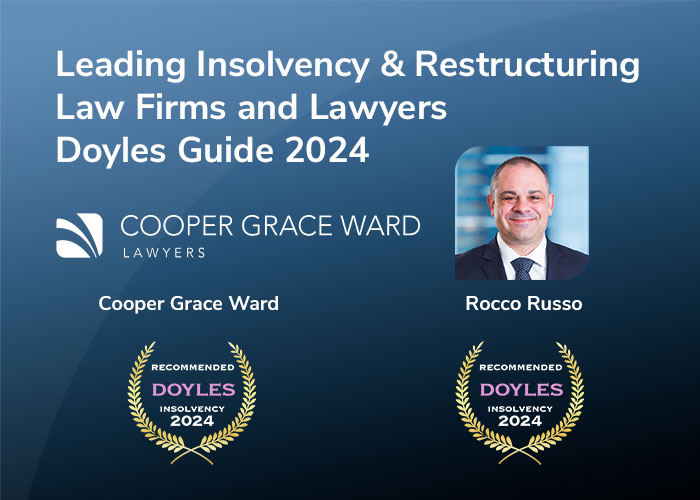Stress-related presenteeism (being present at work yet too sick to be productive) and absenteeism (being absent from work due to illness) costs the Australian economy over $14.81 billion each year. Stress-related presenteeism and absenteeism alone are directly costing Australian employers $10.11 billion a year . As an employer, are you taking all reasonable steps to manage the impact of stress on the workplace?
WorkSafe Victoria has recently released its guide for employers for preventing and managing work-related stress.
Key points from the WorkSafe guide
The principles set out in the guide to prevent and manage work-related stress are not new. As with any workplace health and safety system, a risk management matrix, generally known as the hierarchy of control, is adopted by WorkSafe Victoria.
However, in a departure from traditional safety approaches, instead of focusing on the physical hazards which exist within a workplace, this guide focuses on the psychosocial hazards which workers can be exposed to at work. It identifies those key hazards as originating from low job control, high and low job demands, poor support, poor organisational change management, poor organisational justice, low recognition and reward, low job clarity, poor workplace relationships, poor environmental conditions, remote and isolated work, and violent and traumatic events.
Applying standard workplace health and safety principles, the model prioritises risk elimination in the first instance and, where elimination is not possible, seeks to assist employers to take steps to minimise the risk of psychosocial hazards as far as practicable. This may be through altering the systems of work or the tools used to complete tasks.
As with the management of physical hazards, employers are encouraged to prioritise psychosocial risks in order of their seriousness when creating systems to address them accordingly.
Practical steps are also set out in the guide for employers to consider when managing psychosocial hazards, such as setting up senior steering committees to provide a roadmap to risk mitigation. The intent is for employers to lead by example and develop a culture of safety which is consistent with employers’ obligations under workplace health and safety laws.
Consultation with employees is seen as a key part in creating solutions to manage psychosocial hazards, utilising existing health and safety representatives where appropriate and those committees which are independent of senior employees, to encourage communication and consultation within the workplace. Communication is seen to be the centre of any successful risk mitigation plan.
The processes adopted by employers when implementing organisational change management is highlighted by the guide as particularly relevant to the reduction in psychosocial hazards. Whilst change is inevitable, particularly in the present global circumstances, organisational change poses a significant threat to employee wellbeing. Under workplace health and safety laws, employers must manage and communicate change to ensure they have a working environment that is safe and without risk to one’s health. The guide provides some insights on how to develop safe systems of work that enable employers to implement organisation change, through active communication with employees both before, during and after the change takes place. It is noted that adopting these feedback mechanisms is likely to reduce the likelihood of an employee’s stress response.
The guide’s timely overview encompasses the risks of working from home or in isolation, showing how this new work equation poses its own set of problems. The guide particularly highlights how employers must remain vigilant, despite employees being out of sight, to ensure that employees are not missing out on in-office opportunities, career advancement and informal networking. It also addresses how working from home environments can subject workers to new hazards such as domestic violence.
Conclusion
This guide is a call to arms for employers seeking to ensure that employees are never exposed to substandard working conditions which result in them being exposed to psychosocial hazards and increased work-related stress. It is made clear that open communication and consultation in the workplace is the primary cog in a healthy workplace machine. It is now up to employers to flex their management muscles and provide a workplace which promotes a healthy and hazard free working environment.
Think your organisation might need a safety culture health check? Call our workplace health and safety team to see how we can assist in ensuring your business is on the right track.







